
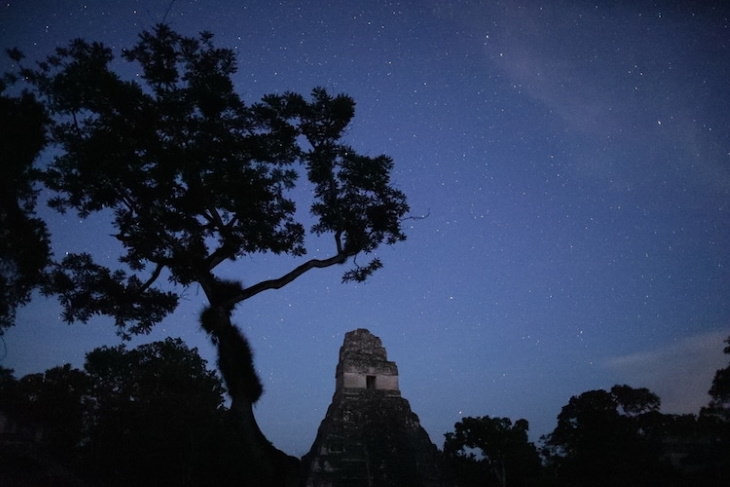
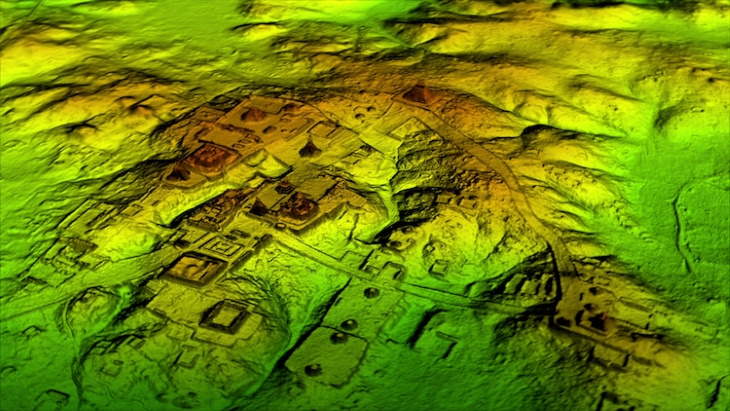
Lidar works by beaming a laser from a hand-held scanner from an airplane or up-close. The technology creates a virtual 3D map of the area, omitting the vegetation and leaving only the topography of the area. “There are entire cities we didn’t know about now showing up in the survey data,” said archaeologist Francisco Estrada-Belli, one of the leading scientists with the Foundation for Maya Cultural and Natural Heritage (Pacunam) which launched the project.
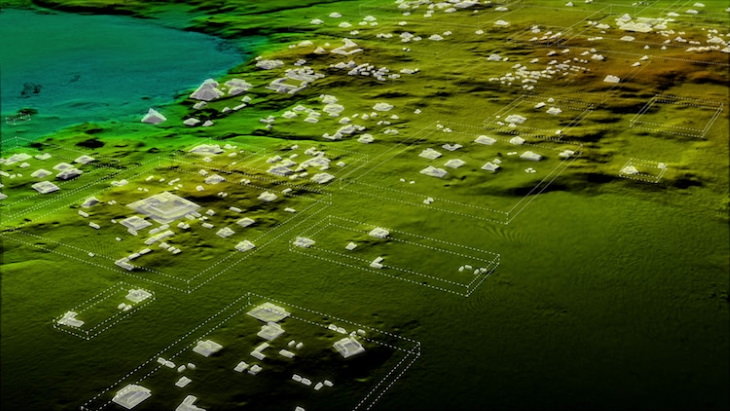
The new data also found thousands of residential homes, which helped scientists understand that the population of the territory was 11 million, nine million more than previously estimated. This puts the Maya on the same level as ancient Egyptian and ancient Chinese civilizations, both in terms of their population and level of advancement.
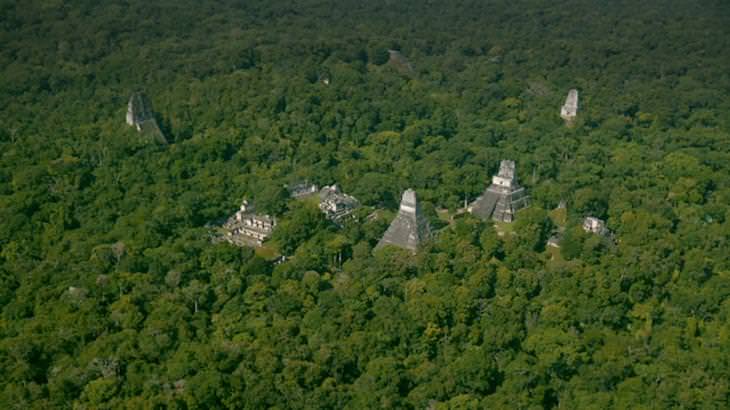

These Common Words Began as Mistakes - Unbelievable!
Some spelling and grammar mistakes change a student’s grade for the worse, others transform the language forever.
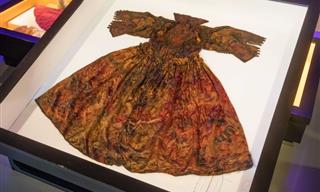
These Captivating Treasures Were Lifted From Shipwrecks!
Discover this list of fascinating and unexpected finds salvaged from shipwrecks!

Mysteries From Ancient History Science Still Can’t Explain
From buried treasures to undeciphered languages, this list contains 8 perplexing ancient mysteries.
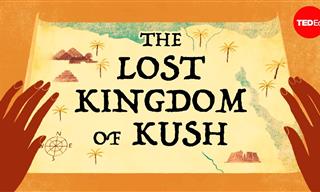 4:35
4:35
Uncovering the Mystery of the Lost Kingdom of Kush
The Kingdom of Kush was an ancient civilization, the origins of which remain unknown to the best of historians.
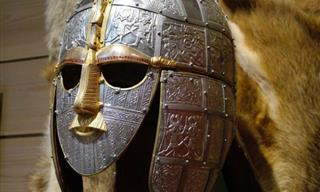
Things You Don’t Know About History’s Famous Artifacts
Wow, history really is an endless treasure trove of knowledge!
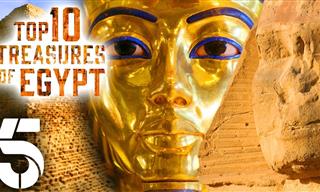 20:15
20:15
Egypt's 10 Most Jaw-Dropping Wonders
Time to take a look at 10 of the most fascinating places in Egypt - from The Great Pyramid of Giza to The Temple of Luxor.

17 Incredible Eye Facts You Have To See To Believe
They say the eyes are the window to the soul, and they also happen to be our windows to the world. Here are 17 insanely fascinating facts about eyes.
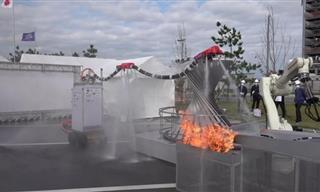
Scientists Develop 'Flying Dragon' Robot to Fight Fires
Scientists in Japan have created a water-spitting 'flying dragon' robot to fight fires.
 6:21
6:21
How to Make Cleansing Hydrogen Water from an Old Battery
Let's embark on this scientific journey to unlock the potential of water and discover the practical uses of hydrogen and oxygen in everyday life.
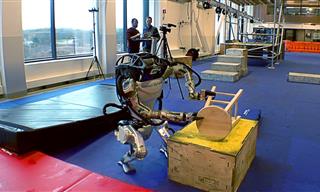 1:48
1:48
Boston Dynamic's Robot Does Some Incredible Things...
Boston Dynamics shows us again what her lead robot can do.

9 Women Inventors Who Have Been Overlooked by History
History has overlooked many great women inventors. Here’s your chance to get to know a few of them.
 19:05
19:05
What’s it Like Using a 115-Inch TV?!
This colossal 115-Inch TV will transform your viewing experience forever.
 54:17
54:17
Science Philosophy: What is the TRUE Nature of Time?
Join us as we journey through theories, discussions, and insights that challenge our perceptions and broaden our understanding of time itself.

INTERACTIVE: How Personal Items Have Changed Over Time
Some of you will be old enough to remember what many of today's objects used to look like. Here are 20 such objects. Click to see them as they used to be.
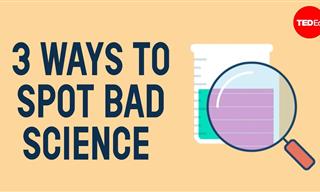 5:48
5:48
3 Surefire Ways to Always Identify Pseudoscience
Find out how you can identify pseudoscience, and learn how it differs from actual science.

7 Weird Facts About the Human Voice That Will Surprise You
We bet you didn’t know these peculiar facts about the human voice.
 7:21
7:21
Science: 20 Mechanical Principles Demonstrated Using Lego
In this video, we'll explore a variety of fascinating mechanical mechanisms, all demonstrated using Lego models.
 3:16
3:16
Discover How Anesthesia Affects Your Body and Mind
If you were ever curious about how exactly anesthesia works, then this video has all the answers!

Science News: New Wonder Mushroom Cleans the Air
Let's learn about a magical new mushroom that is not only enriching the soil for farmers but also capturing CO2 from the air!
 7:15
7:15
Toilets: The Greatest Medical Advancement in Human History
While toilets make some people laugh, they are actually a deadly serious medical advancement. This video explains what toilets mean to civilization.

GUIDE: How Alcohol Affects Us, Drink by Drink...
In this article, we're going to discuss the exact amounts of alcohol in our blood and what they look like, including how each level affects us and our ability to function.

10 Real-Life Technologies That Science Fiction Foretold
Sometimes even the wildest science-fiction predictions about the future come true.

10 New Things We've Learned About The Brain
We have learned some astonishing new things about the human brain in recent times.

9 Recent Groundbreaking Discoveries You Need to Know About
These recent breakthroughs will revolutionize our world.

This Is Why You Should Choose Paper Towels Over Air Dryers
Jet air dryers seem to provide a rapid solution to drying our hands in public restrooms, but they're actually havens for bacteria. Take a look.

6 Harmful Toxins You Didn’t Know You Encounter Daily
These toxic chemicals can be found in everyday products and can be extremely dangerous to us.
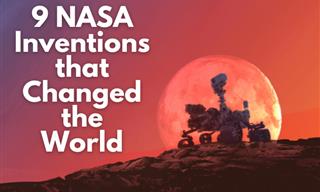
9 Great NASA Inventions That Took the World By Storm!
For around six decades, NASA have been inventing top-notch products. Here are nine great examples!
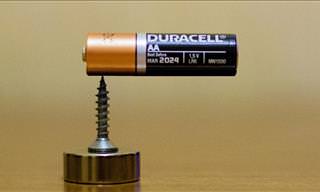 3:28
3:28
Did You Know That Batteries and Magnets Can Make Magic?
Here are some cool magic tricks you can try at home using only a few magnets, batteries and other household items. Watch carefully as the magician puts together a completely self-reliant motor

20 Amazingly Simple Inventions That Make Life Easier
Some wonderful inventions can fix some of the most annoying little problems that bug us every single day. Here are 20 of the most inventive ideas I've ever seen that I can't believe no one has invented before.

Wow! Who Knew That Jupiter Was So Mesmerizing?
Take a look at Jupiter like you've never seen it before!

Let's Learn All About Your White Blood Cells
White blood cells (WBCs) are the part of your immune system which is responsible for fighting infection. Learn all about them here!
 11:03
11:03
These New Technologies Will Change the World!
These groundbreaking tech innovations are going to change our world!
 26:43
26:43
These 20 Tech Inventions Will Define the Next Decade
The future is here. Check out some emerging technologies that are all set to chane our world forever.
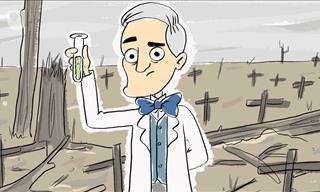 1:44
1:44
The Accidental Discovery of the World’s First Antibiotic
Not too long ago, it was fairly common to die of the simplest of wounds due to bacterial infection. Penicillin changed everything.
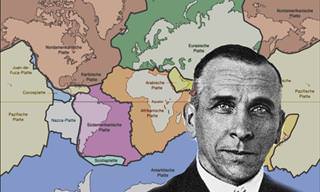
Nobody Believed These 5 Scientists, But They Were Right
These 5 scientists were shamed and ousted, or rudely ignored, although years later, their "crazy" theories turned out to be true...
 7:56
7:56
Asteroid Mining: Why it's the New Trillion Dollar Business
Get ready to learn how asteroid mining could potentially transform our world.
 8:28
8:28
Could These Signals Be A Sign of Extraterrestrial Life?
Scientists have recently picked up on a mysterious radio signal from space, and it could mean a lot - maybe even a sign from extraterrestrial life forms.
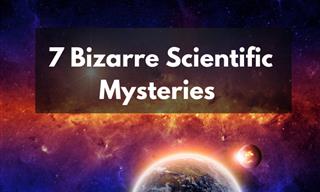 9:15
9:15
These Bizarre Mysteries Continue to Stump Scientists!
The world of science hasn't been able to explain several bizarre phenomenon yet. Let's take a look at a few of them.
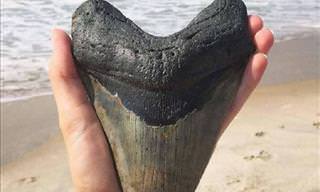
20 Fascinating Things That Can Be Found in the World
These pictures show us 20 fascinating and absolutely astounding things, from a single mountain with 1000 waterfalls to a giant ant!
 30:04
30:04
50 Crazy But True Facts About Dreams You Need to Know
Here are some strange and unusual facts about dreams that will surprise you.
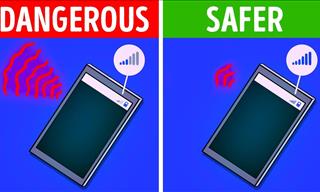 10:01
10:01
19 Things to AVOID to Make Your Phone Live Longer
19 common mistakes we all make, that make our phones age quicker.

There are Some Great Secrets Found in Mathematics...
Numbers hold some great secrets - they even tell us about life!

Study Says: With Age, Come Certain Cognitive Abilities
a study published in August 2021 in the journal *Nature Human Behavior reveals surprising findings that challenge this assumption and may be of great interest to all of us.
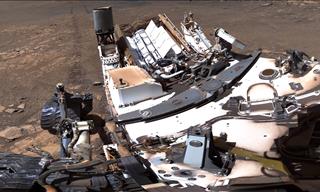 3:10
3:10
Watch the Best HD Panorama Photo of Mars Ever Taken
Watch an incredible 1.8-Billion-Pixel panorama of the planet Mars that was recently captured by NASA's Curiosity rover.
 5:39
5:39
Why Are Your Ears Ringing? The Causes Explained
Nearly 15% of the human population worldwide are plagued by this strange sensation, but most people don't know the causes behind ringing in the ears...

6 Remarkable Yet Overlooked Minds That Shaped Our World
These underappreciated geniuses deserve more recognition.
 6:31
6:31
The Psychology Behind Why Some People Are Habitually Late
Now we finally know why some people are habitually late.


